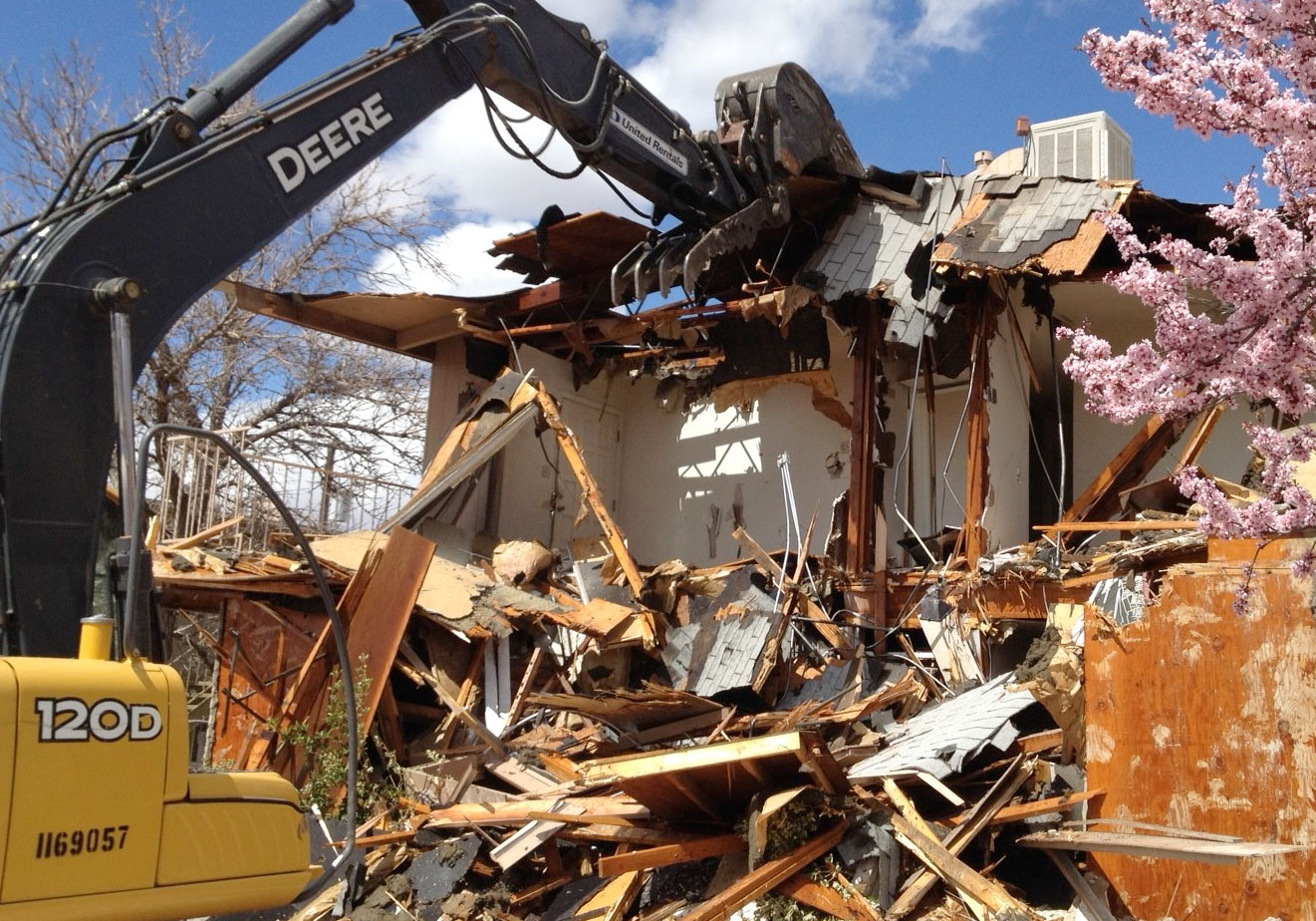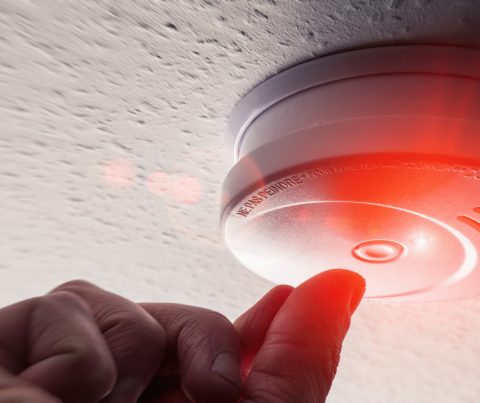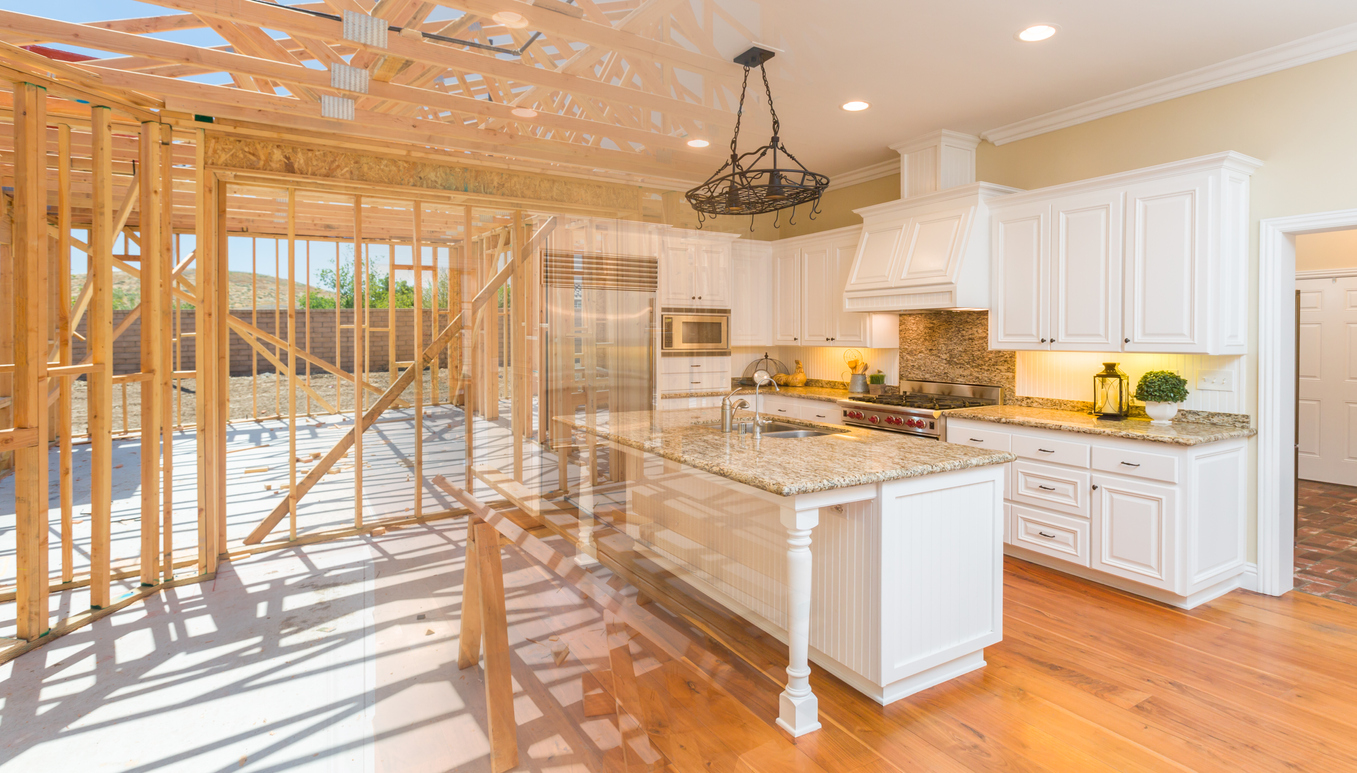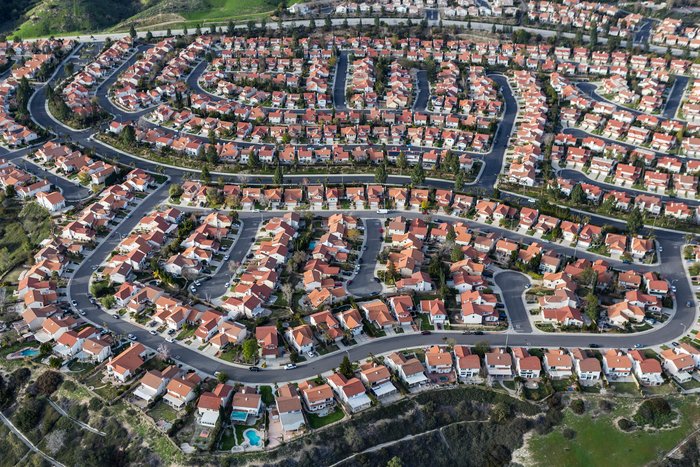If the thought of the next big earthquake has you in a state of panic, you’re not alone. A recent article by Kathryn Schulz in The New Yorker (“The Really Big One“) brought to light that the Pacific Northwest region is due for a huge seismic event. An earthquake can cause roofs to topple, walls to crumble, and homes to collapse. Gas lines and water lines may break, causing fires, explosions, and other dangers. Escape routes may be blocked, and survivors may be disoriented.
Natural disasters make us feel completely out of control. But doing what you can to prepare yourself, your family, and your home can make you feel less panicked and more prepared. Preparing your home for a natural disaster, like an earthquake or flood, should involve common sense planning and in some cases, some help or consultation from a professional. Here’s what you can do now to get your home (and family) ready for an earthquake.
Reduce risk inside the home
According to that recent The New Yorker article,”In theory, those who are at home when it hits should be safest; it is easy and relatively inexpensive to seismically safeguard a private dwelling.” Common sense should be your guide when thinking about how to add earthquake safety to your home. There are the obvious tasks, like securing tall bookshelves or objects hanging on the wall, and then there are the less obvious like knowing how to shut off your gas. An earthquake can shake up the contents of your home, throw objects onto the floor, and dislodge appliances and hoses. Earthquakes create chaos inside (and outside) the home. It’s a smart idea to go through each room in the home and test the security of these objects. You can readily purchase supplies like anchors and furniture wall straps at your local hardware store. Some homeowners even choose to swap out framed glass for acrylic so that if a picture falls off the wall, they won’t experience injuries from broken glass. If you are unable to perform these risk-reducing tasks yourself, be sure to hire a handyman.
Here are some things you can do now to prepare your home for an earthquake:
- attach tall or heavy bookshelves, shelving units and armoires to the wall
- secure other wall objects like mirrors, frames, and light fixtures
- know where your water and gas shut off valves are located (and know how to shut them off)
- consider installing an earthquake actuated gas shut off valve on your gas meter. These usually need to be approved by your jurisdiction and can help automatically turn off the flow of gas if an earthquake occurs. Call your local utility company to inquire about this type of device.
- gas powered appliances should have flexible connectors to absorb the shaking from an earthquake
- know where your circuit breaker is located
- make sure large appliances, like the water heater, are secure (if you don’t know how to do this, call a pro). Falling water heaters can damage water or gas lines inside the home.
- have an accessible 3-day supply of emergency water, food, and supplies in a grab-and-go bag (click here to see a full list)
- know your family’s emergency evacuation plan (who to contact, where to go, etc.)
- electricity and cell phone towers may be immediately knocked out. A hand-powered or battery-powered radio can help you understand the current state of emergency and know which areas to avoid.
- you may need to walk to safety after an earthquake: be sure you have the appropriate shoes and clothing on hand
“Earthquakes don’t kill people, buildings do”
An earthquake can cause major damage to the structure of the home, causing the roof to collapse, walls to topple, and even knock a home off of it’s foundation. Building codes are designed to take into account safety, and in some areas, current building codes include seismic guidelines. The current building codes vary depending upon where you live, and you can learn more specifics about the International Code Council as well as the current seismic codes on the FEMA website. If you aren’t sure about the structural stability of your home and want to understand more about the integrity of your structure, get a consultation from a seismic retrofitting specialist. This specialist may suggest fixes such as reinforcing the chimney or foundation bolting.
Obviously no one can predict where you’ll be when an earthquake strikes. You could be asleep in bed, you could be standing on your deck, you could be driving in your car. There are many out-of-control factors when it comes to natural disasters like earthquakes. But knowing that your home and your family are prepared can help alleviate fears and concerns.




